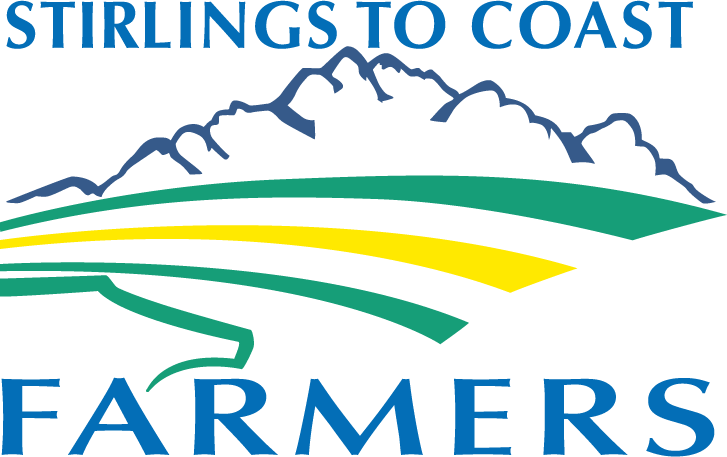SOILBORNE PATHOGENS
This project is managed by Farmlink and is funded by the Grains Research and Development Corporation. SCF is pleased to be a partner in this project.
BACKGROUND
Soilborne diseases remain an important constraint to grain crop production in Australia. For example, Murray and Brennan (2009) estimated that soil-borne diseases are estimated to cost grain growers over $370 million each year. In the Western and Southern Regions, the propensity for cereal-dominant rotations and no-till has led to an increase in PREDICTA B detections of specific soilborne pathogens such as Rhizoctonia root rot, crown rot, root-lesion nematodes (RLN), and an increased risk of cereal cyst nematode (CCN) and take-all. Irrespective of the disease, any pathogen that affects the roots ultimately limits the uptake of water and nutrients and is an important contributor to the yield gap.
This project aims to deliver an integrated suite of extension and knowledge transfer activities focused on localised soilborne disease management strategies. It will utilise a series of interactive workshops and large plot, non-replicated demonstration sites across the Western, Southern and Northern winter dominant, cereal growing regions, with associated communication and extension activities.
THE PROJECT
DPIRD cereal pathologists will deliver a knowledge, identification and diagnosis workshop in 2021 for SCF members. These will align with (non-replicated) farmer-sown demonstration trials in 2021 of practices for pathogen management. These sites will then be planted as confirmatory demonstrations with a cereal crop in 2022 to assess the impact management techniques the following season. A local grower group will manage each demonstration site – SCF will be working with Hunt’s as the farmer hosts for our demonstration site.
The 2021 demonstrations will assess up to 4 management options considered available to growers. The 2021 demonstration will be followed in 2022 by sowing each site with a single cereal to determine any impacts from 2021 management on pathogens in the following year. The management options will be selected with knowledge of the pathogen present, paddock history, grower preference, available equipment and as advised by the cereal pathologist(s).
The demonstrations will test 3 management techniques available to growers to potentially manage the relevant pathogen at each site and one NIL grower practice.The options will include considerations of chemical, cultural, mechanical approaches as advised and agreed between the grower groups, cereal pathologists and grower.The sites will be established using grower equipment where possible, and demonstration treatment plot size varies depending on the scale and set up of the host growers’ machinery.Treatments may include but are not limited to seed or fertiliser applied fungicide, various stubble management options, tillage, use of break crops or potential combinations. In 2022 all four treatments will be sown into a cereal crop and managed by standard grower practices to investigate the impact of the 2021 treatments the following season.
resources
ACKNOWLEDGEMENT
SCF would like to thank Farmlink and the Grower Group Alliance for the opportunity to be involved in this project, and the Grains Research and Development Corporation for funding support.





